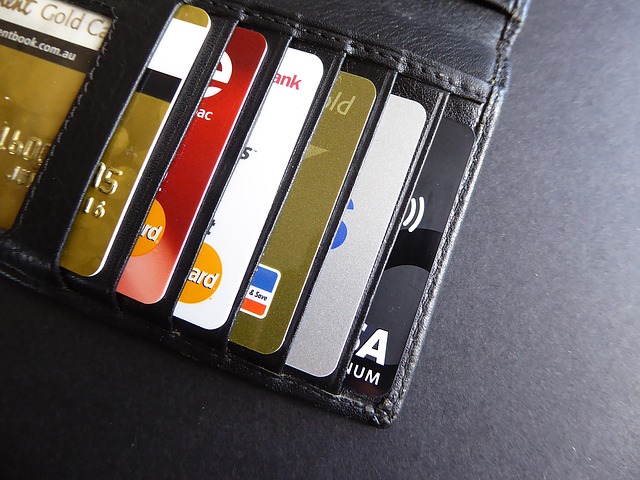
Financial Flexibility: What It Means for You (and How to Get It!)
While the words “financial flexibility” mean something different for every person, having it will make life easier for you! Financial flexibility opens your options as a consumer and enable you to make decisions on your terms. Positive characteristics of flexibility include reassurance, relief, and increased daily confidence.
Financial flexibility can translate to independence and peace of mind down the road. If you would like to increase the flexibility of your funds, take these two steps:
1. Build an Emergency Fund
This will allow you to cover unexpected costs as they arise without going into debt or dipping into savings. Emergency funds enable people to pay for car, home, or other repairs without delay. Instead of having to find the cheapest option, an emergency fund will also enable you to hire the contractors and companies you prefer. Your emergency fund protects you from income interruptions so that you can keep working and saving at your intended pace.
Do not underestimate the power of cash on-hand! An emergency fund is the building block of financial flexibility. It is important to designate an emergency fund separate from the savings you put aside for your other, longer-term financial goals, like retirement. An emergency fund makes it so that you do not need to tap into these savings when the unexpected occurs!
2. Identify Your Goals
Take time to reflect on what financial flexibility means to you. Some people approach flexibility as the ability to avoid financial headaches and face the day without stress, while others view flexibility as the room to live and save how and where they want. Once you have a specific vision of what you want this wriggle room for, go after it! Set realistic goals and give yourself a reasonable timeline to accomplish them.
For more tips on how to make your finances work for YOU, visit us at www.syncis.com/blog.



